-
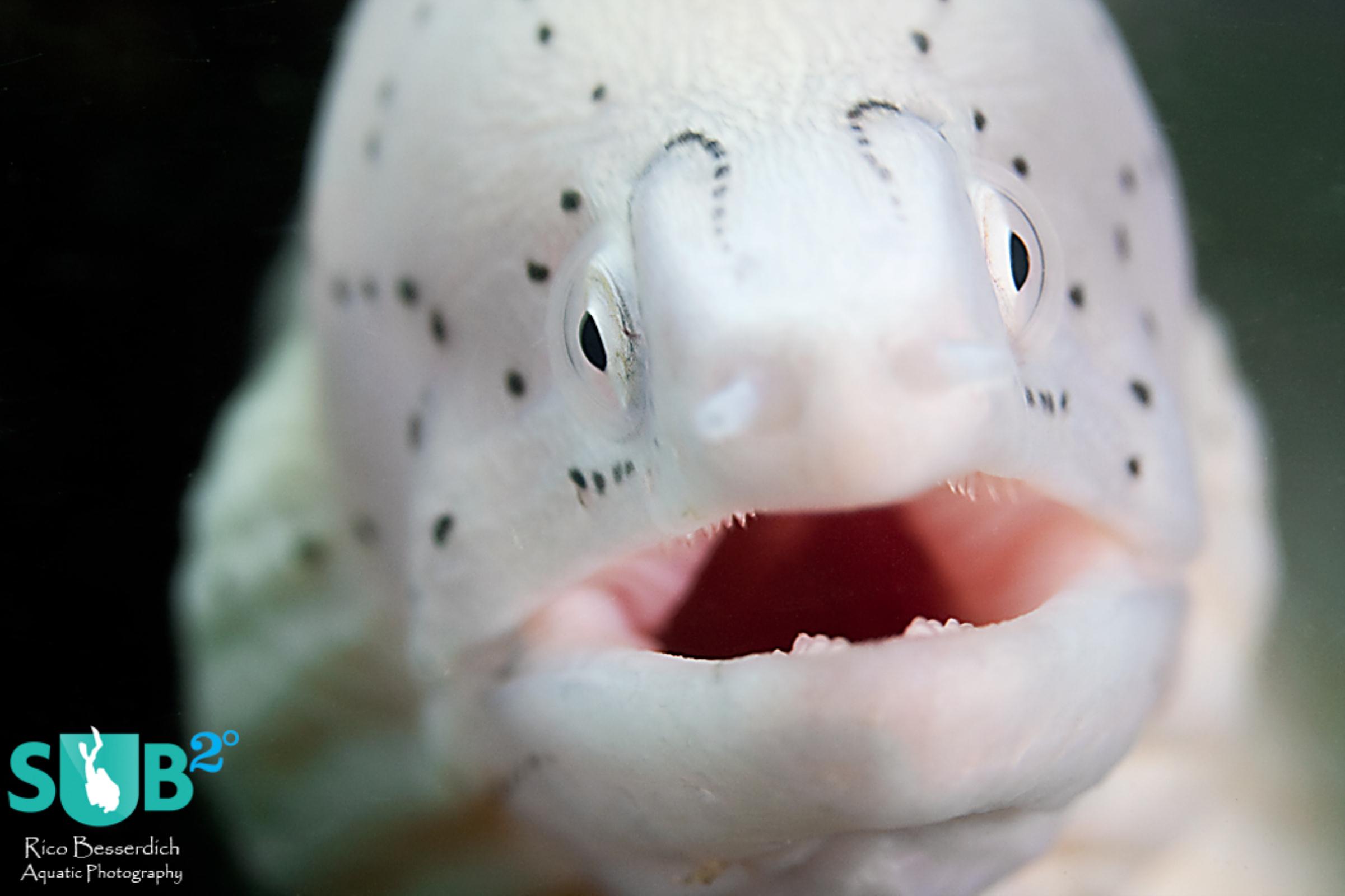
White peppered moray eel
Getting really close to marine animals comes with the opportunity of dramatic portrait shots. -
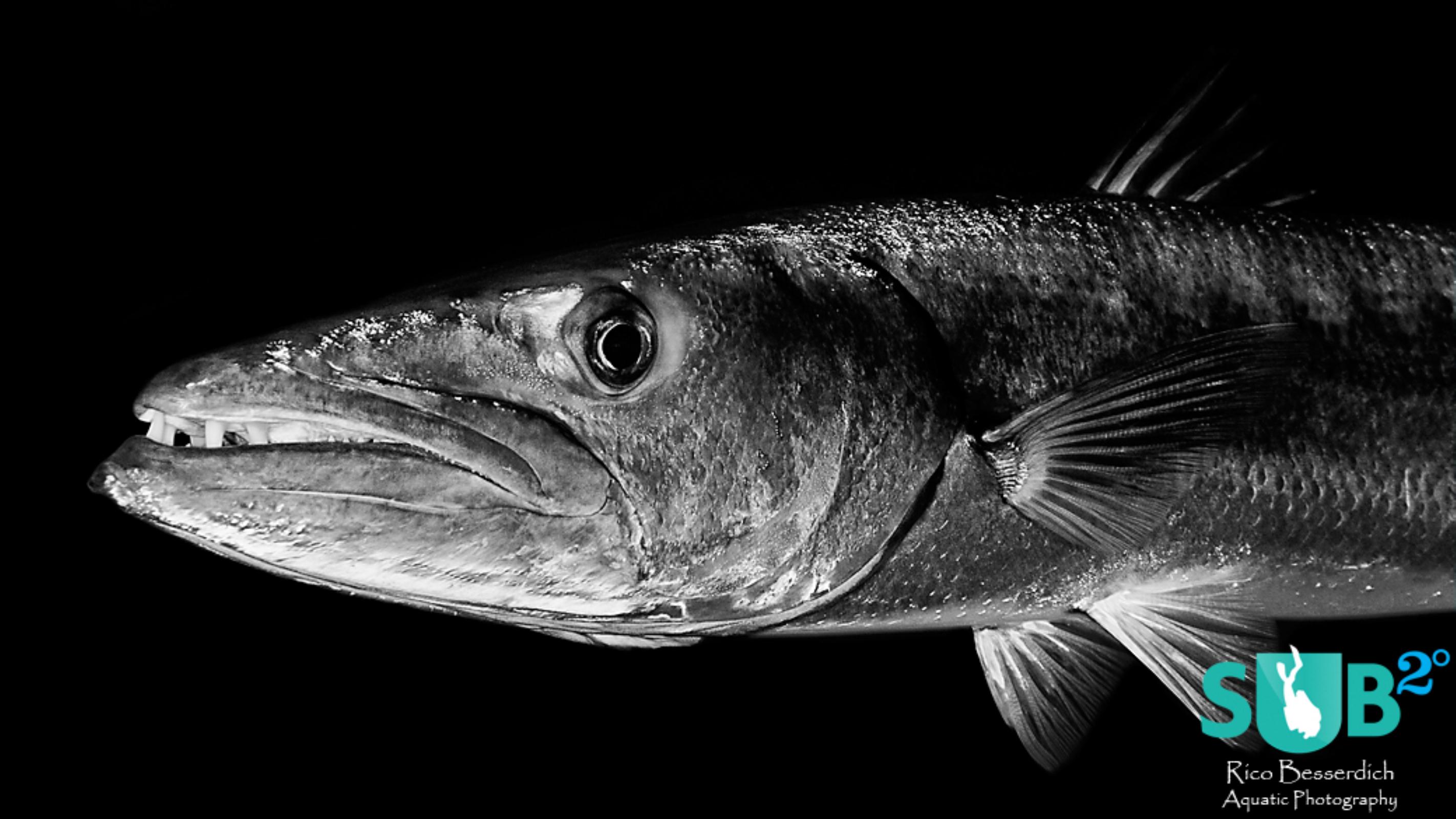 It pays to get as close as possible to the desired subject.
It pays to get as close as possible to the desired subject.
-
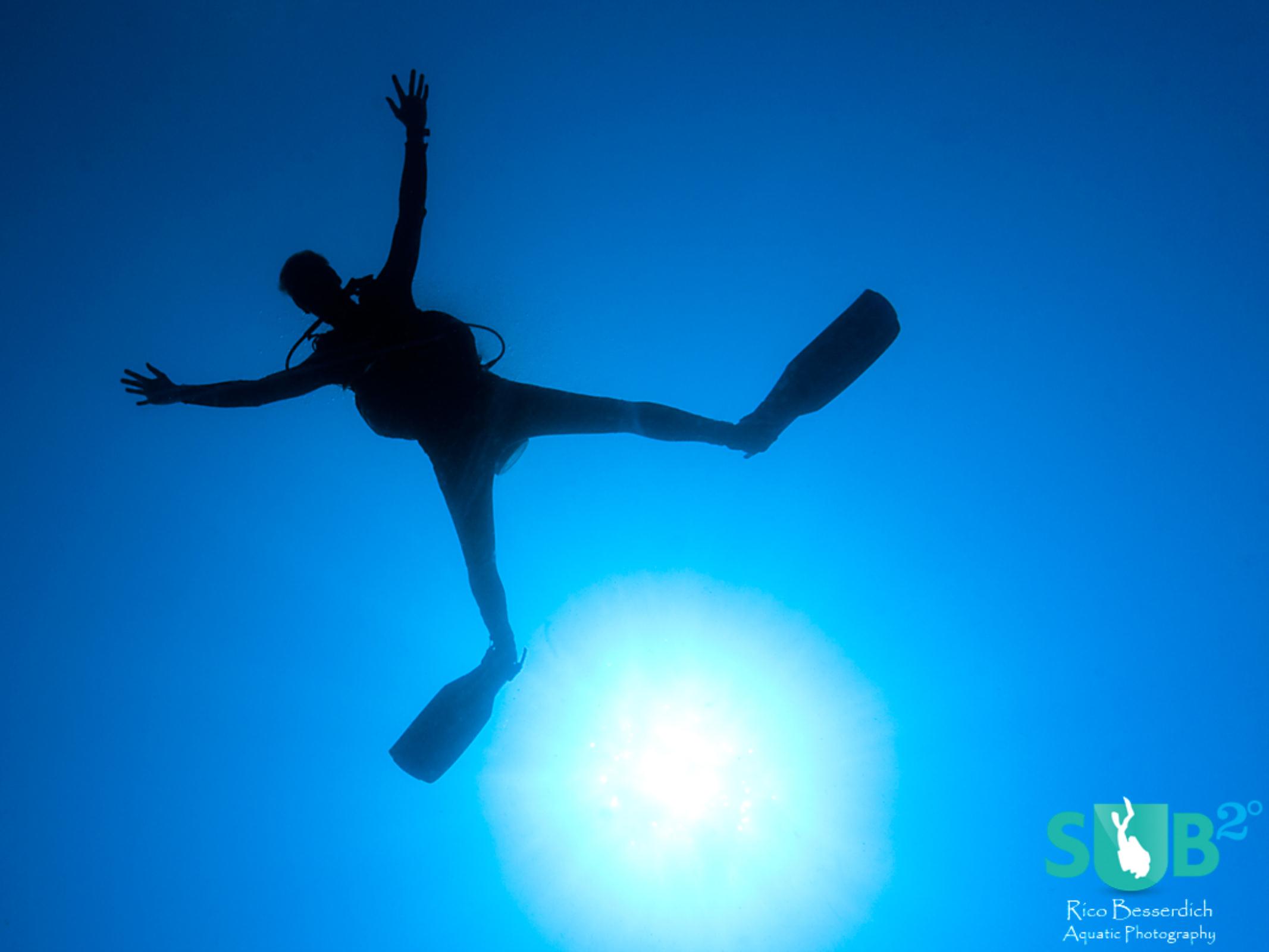
Self-timer underwater fun shot
Self-timer underwater fun shot. No interesting subject to see? Your dive-buddy is busy with his own camera? There is always a subject: you! -
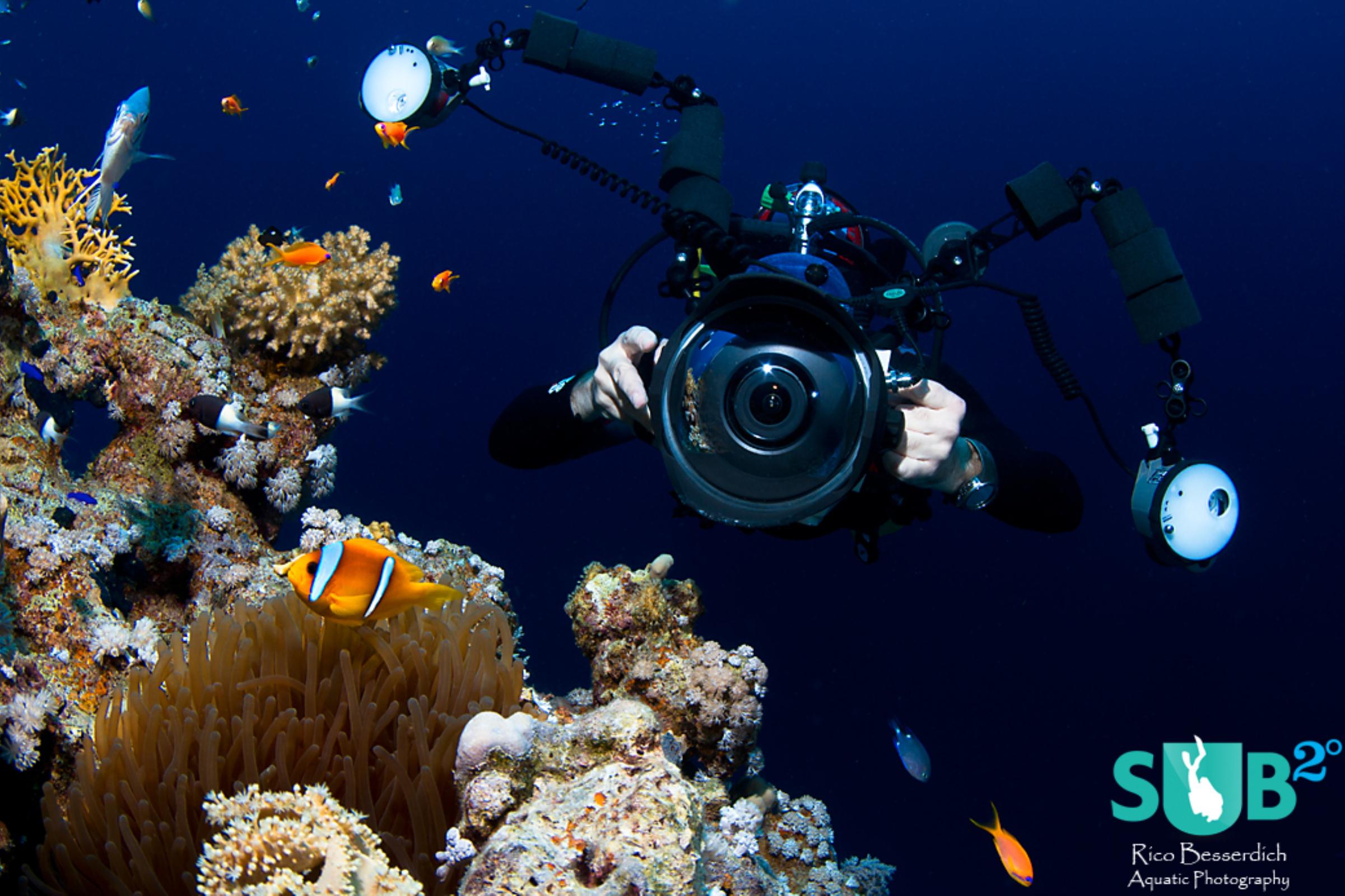
Wide-angle scene
Wide-angle scene. Getting close ( 30 cm distance to the anemone-fish here ) boosts colours & tension. -
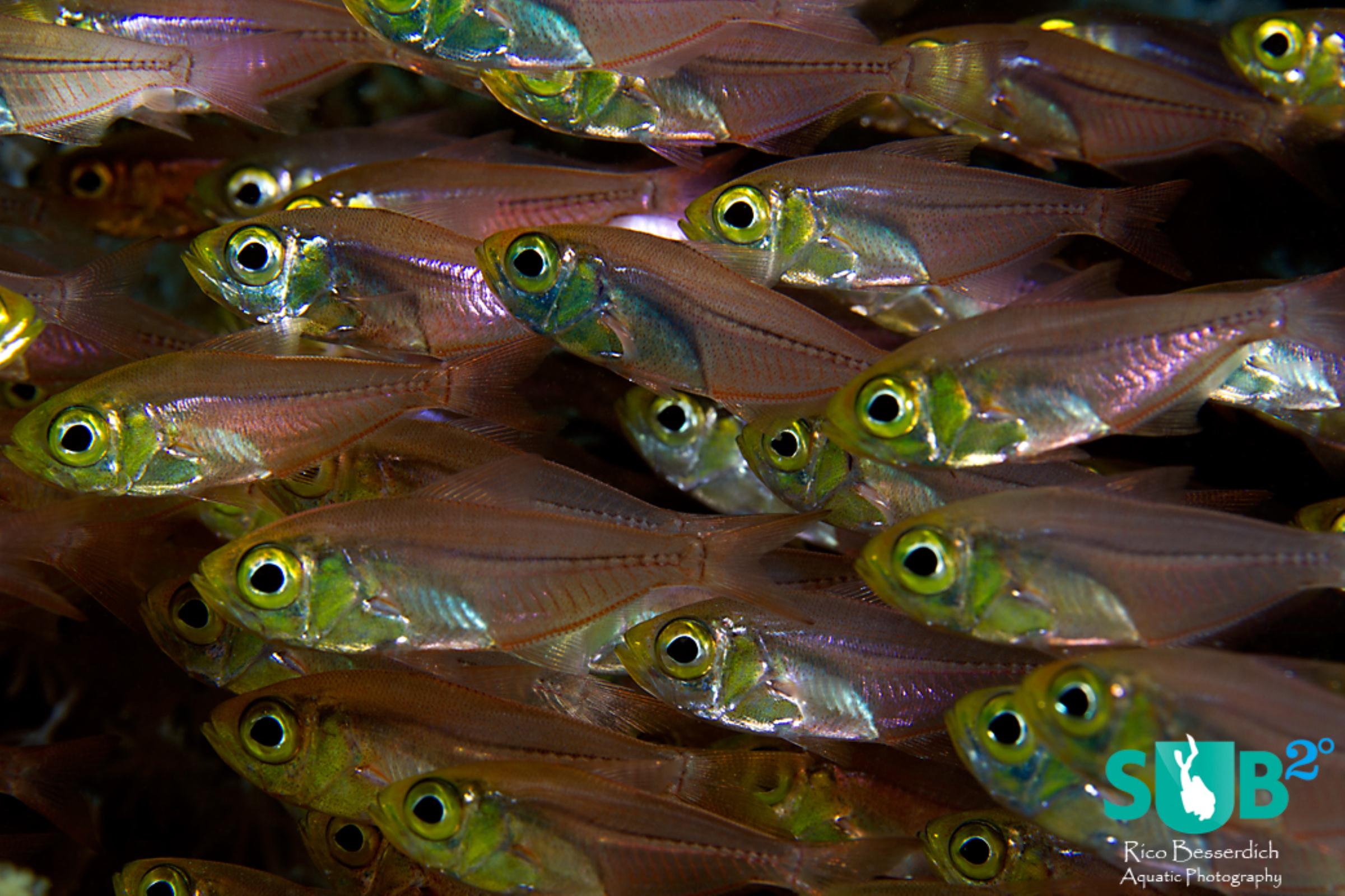
Close approach
Not that glassfishes are boring from a distance but a close approach comes with interesting results
Fight the photo-bugs! Common problems of underwater images and how to prevent them – Part 1
Why do we shoot underwater images?
To store awesome memories of dives to dream about during long winter evenings?
To create stunning images of everything that swims, crawls, or grows in an exotic environment?
To show how beautiful and fragile the oceans and their inhabitants are? Or - best case - all of the above?
Every diver who likes to take underwater photographs has his/her reasons for doing so... and none of them are bad, or senseless. But, in some cases, after the initial excitement is over, we start to wonder how we can improve our UW images, as our audience sometimes refuses to show us our expected, positive 'Aaahs!' and 'Ooohs!'
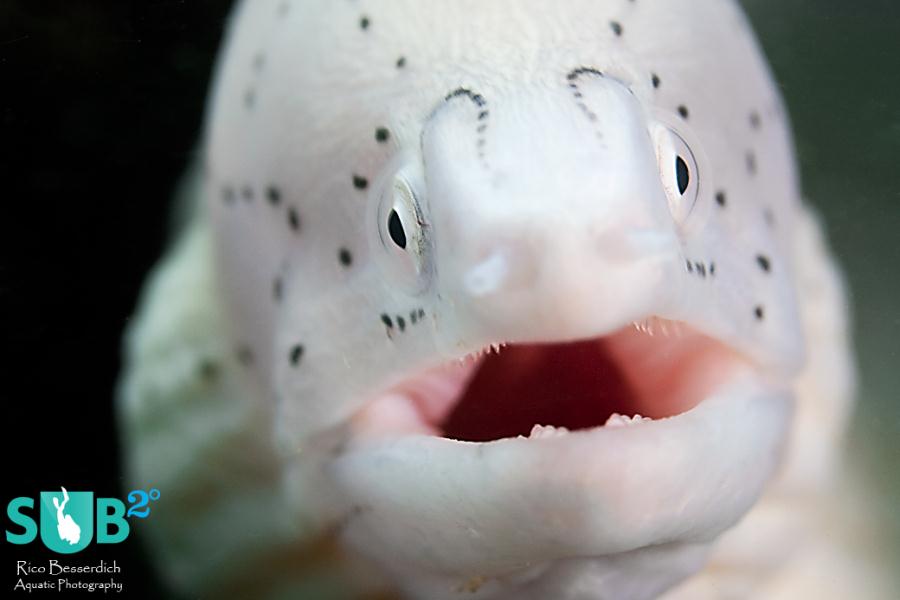
There is no 'golden key' for the taking the perfect image, as the concept of 'perfect images' itself is highly relative.
But knowing the most common issues in UW photography and how to prevent them will help improve your audience’s reactions to your images.
1. Not Close Enough
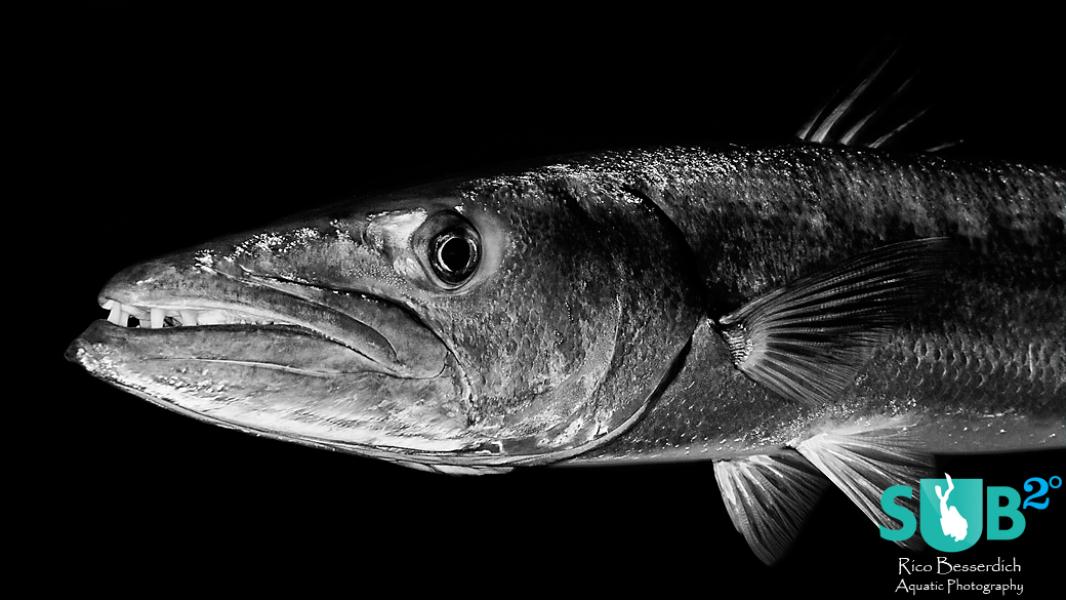
Scenario: The great barracuda we've seen and admired so much during our last dive looks like a small piece of sea grass drifting in the wide blue on our photo.
Problem: To meet such an interesting sea animal such as a barracuda is an impressive & unforgettable experience. But what we see with our eyes and experience with our senses during a dive can't be captured with a camera that easily. We often expect our camera to capture exactly what we see, and subconsciously, our emotions & feelings too. That’s just asking for too much from a simple machine like a camera.
Solution: As photographers - totally regardless of whether we use an iPhone in an underwater housing or a big D-SLR system- we first need to 'see' our surroundings through the 'eye of a camera'.
It’s not difficult; it’s only a matter of experience and practice.
Here we approach an important 'rule' in UW photography:
Get closer!
Try to have the least water possible between your camera and desired subject.
Getting really close to a fish awards you with stunning fish-portrait shots. And this also goes for wide-angle scenes such as bigger corals or divers, or both.
Getting as close as possible to the subject is the key to taking stunning shots. Always keep in mind that even the best underwater camera does not have the skills that your eyes do. So let's give that stupid small machine a hand here –let's get closer...and closer!
2. No subject
Scenario: Inspired by the beautiful feeling of weightless floating during a dive, your photos were shot where there was nothing to see. There was only water but no subject to awaken the eye of the beholder.
Problem: Without an identifiable main subject, the viewer cannot understand the meaning of the photo - there are, as always, exceptions such as in abstract photography. Of course, we enjoyed that dive, that's why we took the photo, right? But once again human psychology plays a role: A camera can't capture what we've felt.
Solution: Not that your photos are meaningless, of course not, but as photographers we need to give our audience a helping hand, guiding them to a better understanding of our photographic work.
Find yourself an interesting subject, a “main actor”, to name it so. It doesn't have to be something incredibly special.
A fish, coral, plant, stone, or any other subject you spot underwater could be worth making your “main actor”. And even if there is nothing out there, make your dive buddy your personal main actor; he/she would probably appreciate it ;-)
Wherever you dive and take underwater images, the most important thing is to enjoy what you're doing and to be happy with your images. This series is only meant to provide some tips, not to criticize your work nor list “rules & laws”. Happy bubbles, happy shootings, and always be safe!
Further Reading
Note: this article is part of a great series by Rico, and we suggest reading it order. The next in the series:
Featured Posts
-
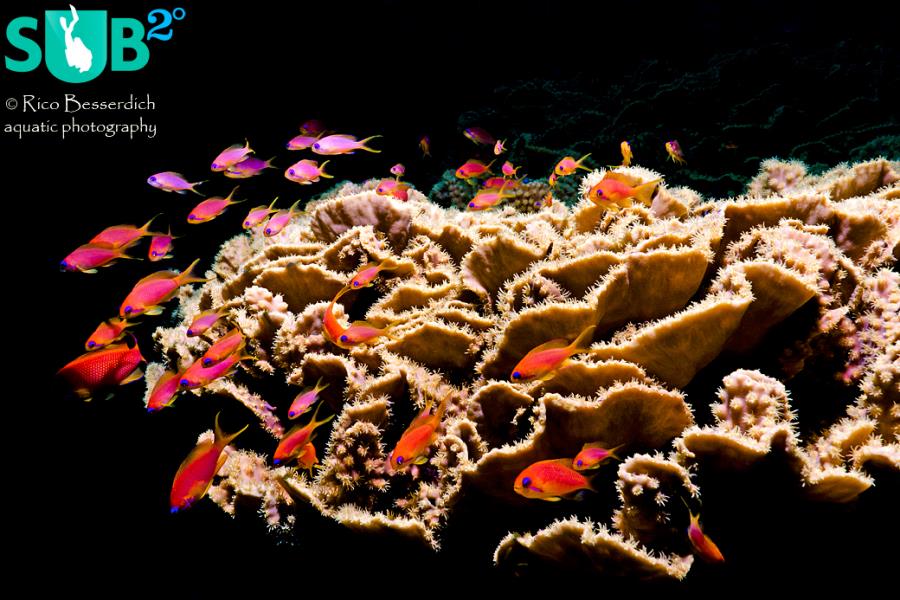
Please "Like" My Photo!
Once you've made some cool underwater shots, you would love to have more people notice your photos, for example by sharing them on Facebook. A path full of potential but lots of nasty obstacles on the way. Let's have a look!
-
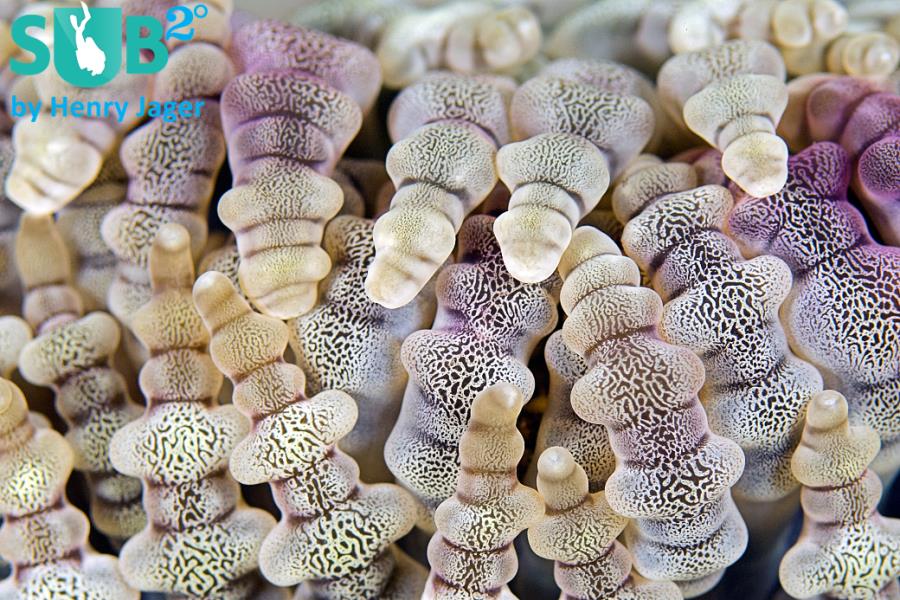
Reef-Art: Looking at the Reef...
Reef-Art shows fascinating insights to an underwater world, 99% of the divers never see. Reef-Art is the "Fine Art" of macro photography. It's a passion! The passion to bring your audience something they don't expect, they h...
-
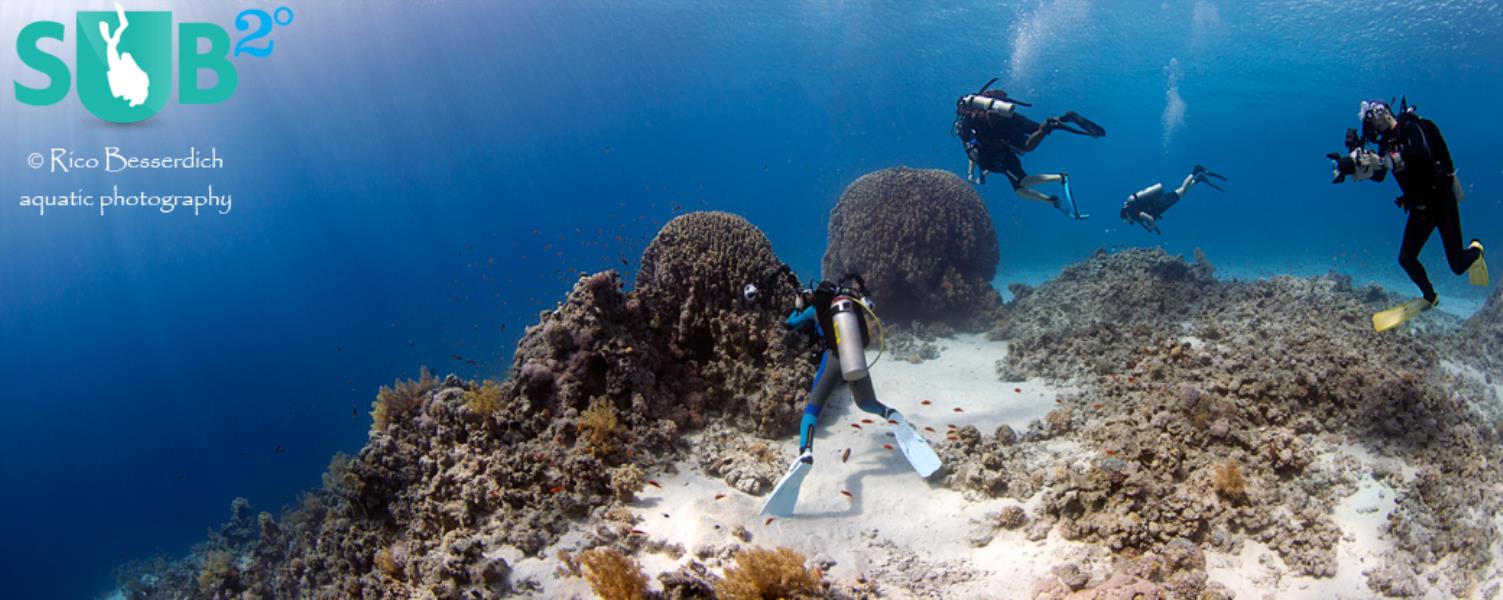
Underwater Photography: Shoot...
Are you ready for huge perspectives in your underwater photographs? Wide-angles are fine but do you want it even wider? Time to check out underwater panorama photography!
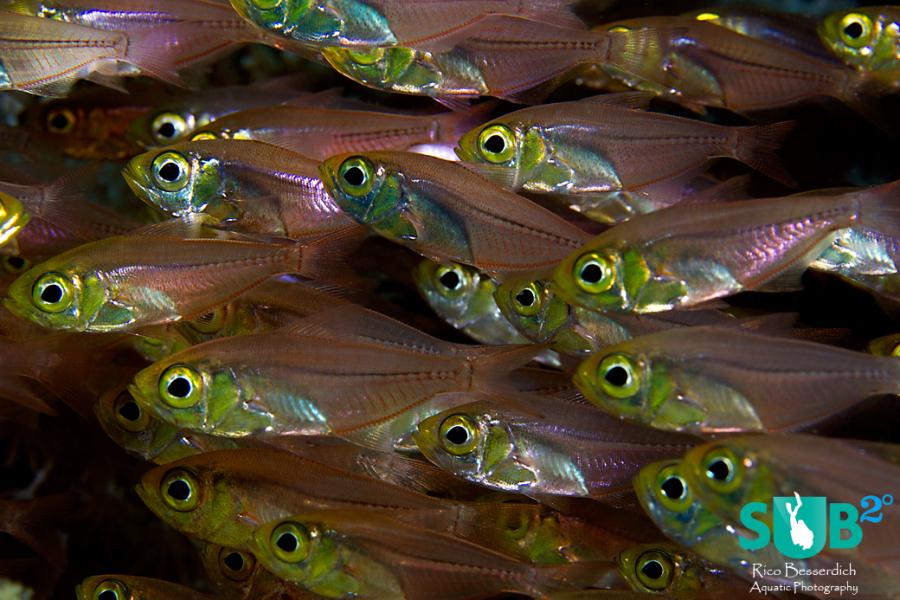
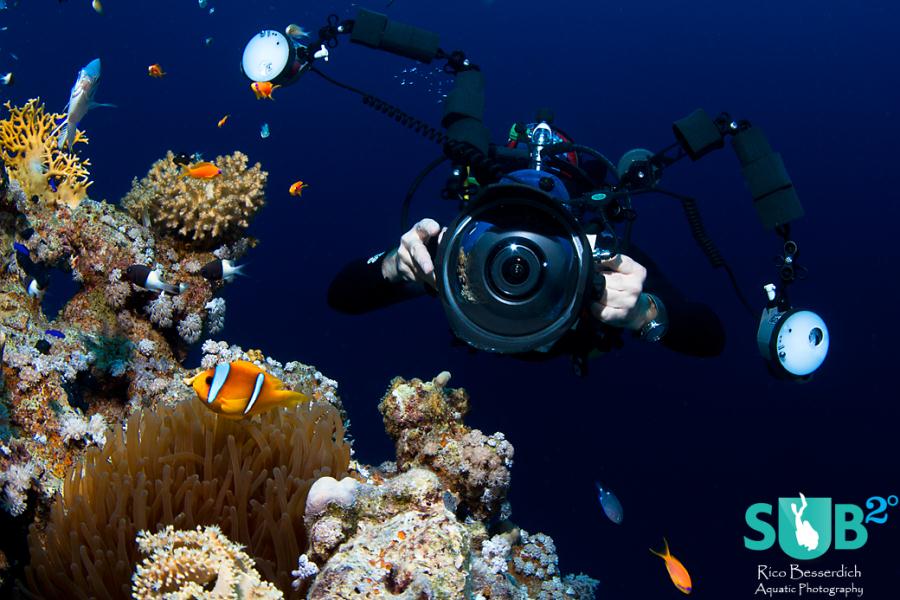
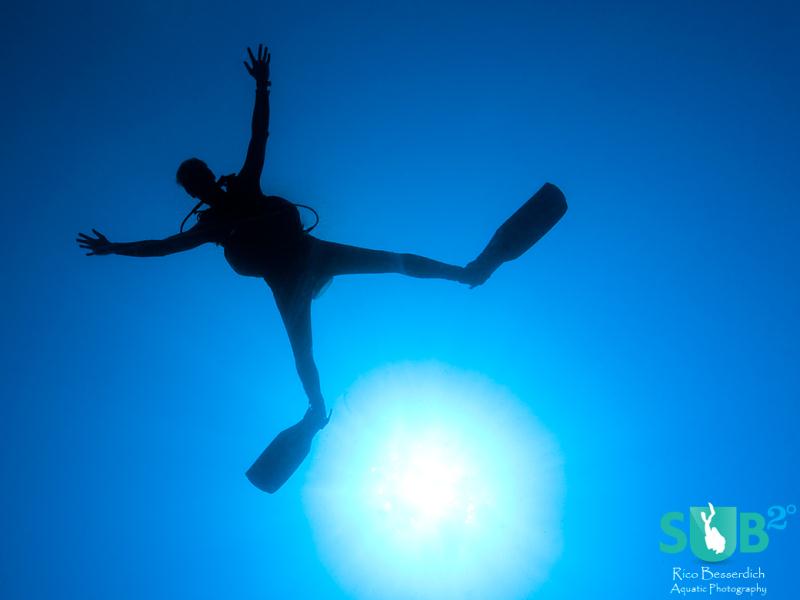


Load more comments